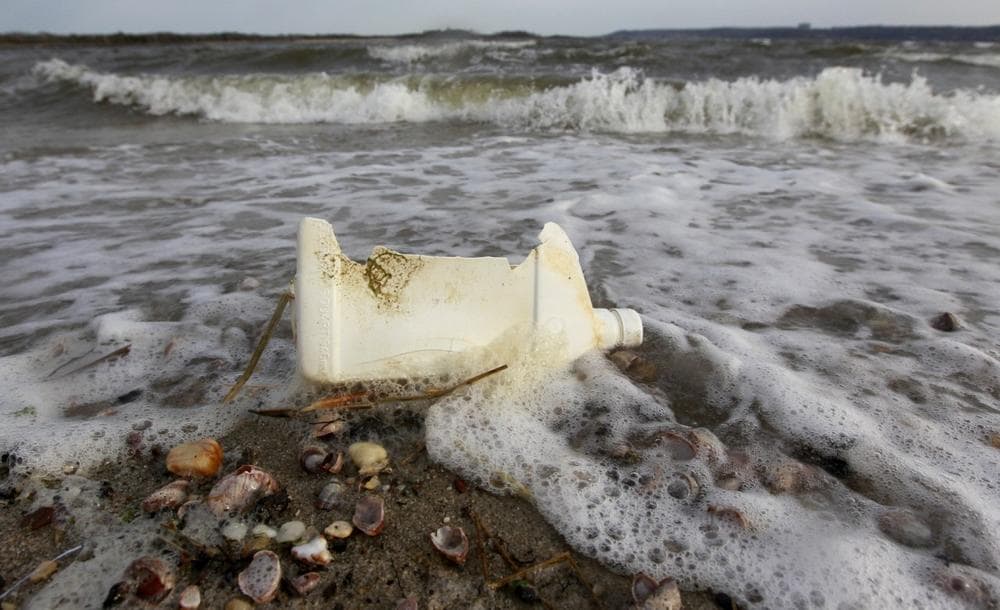Advertisement
Enter The Plastisphere
Resume
4.7 million tons. That's how much plastic gets dumped into the ocean annually. For decades, we've heard about the harm plastic can cause to marine ecosystems. But, a team of Massachusetts scientists have made a remarkable finding about those countless confetti-sized bits of plastic...they're home to thriving microbial ecosystems, living, reproducing, happily getting on with their bacterial business. An entire world, they've dubbed, "the plastisphere".
Guests
Tracy Mincer, associate scientist of marine chemistry and geochemistry at the Woods Hole Oceanographic Institute.
This segment aired on July 22, 2013.